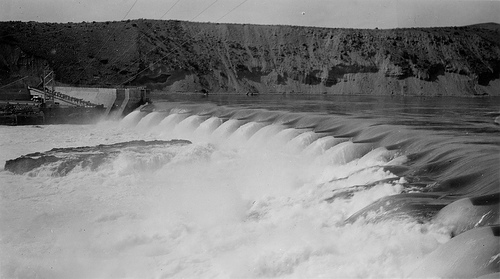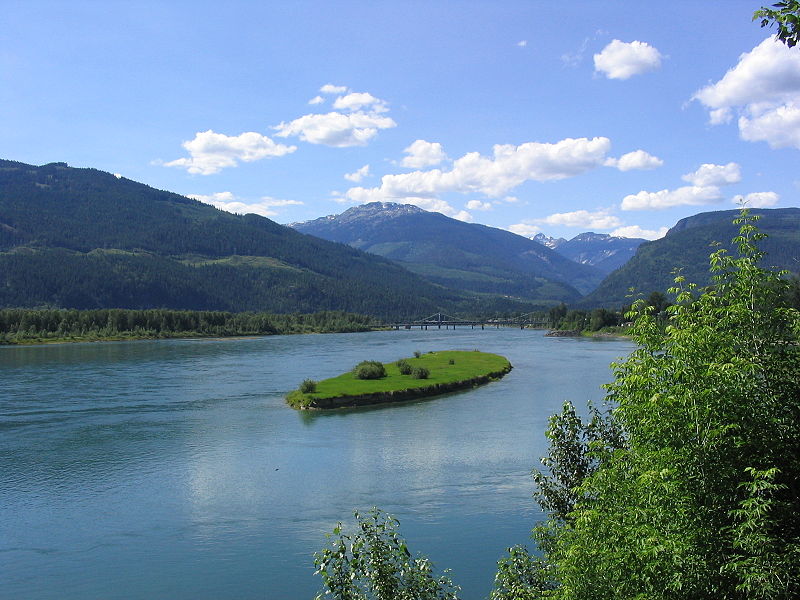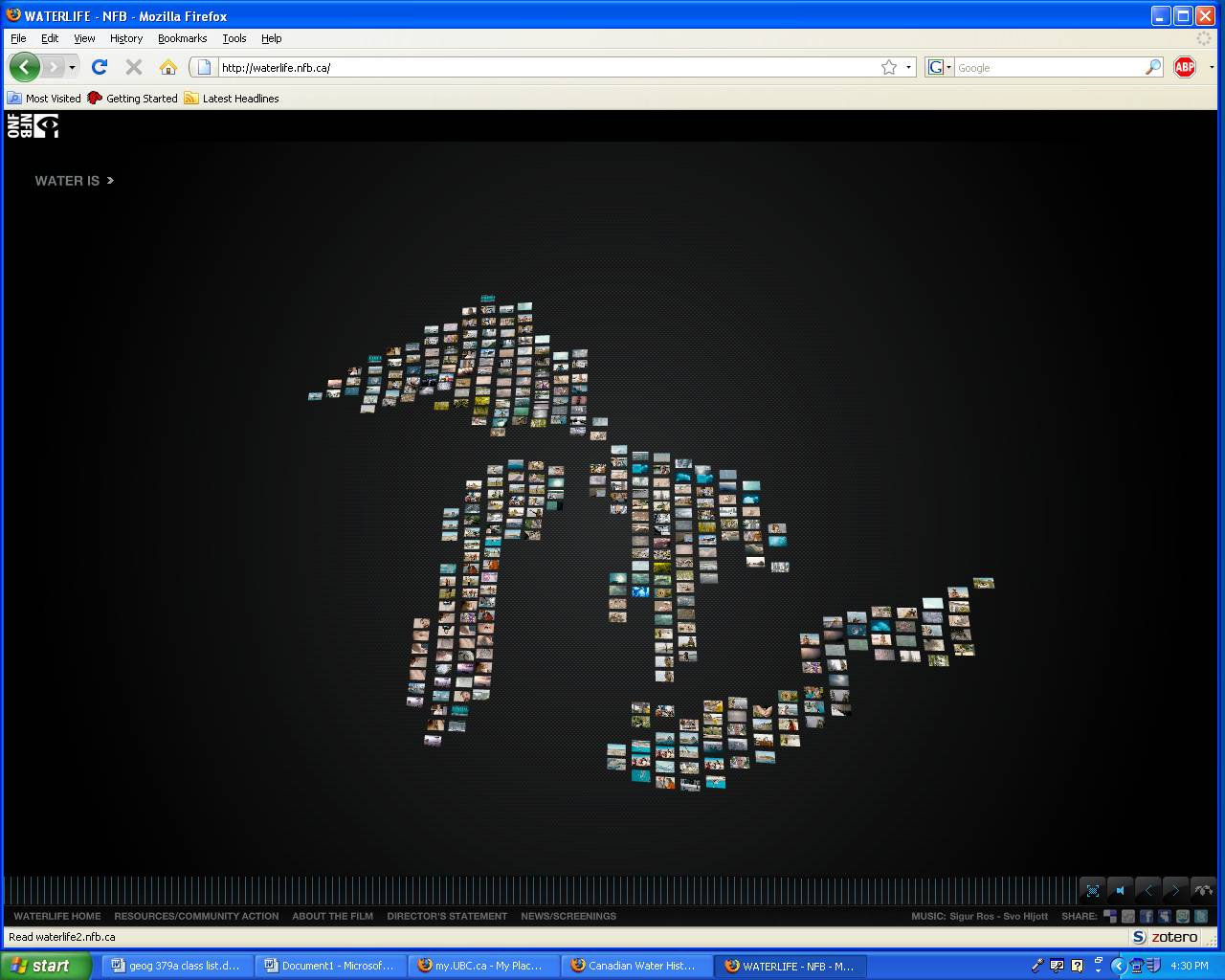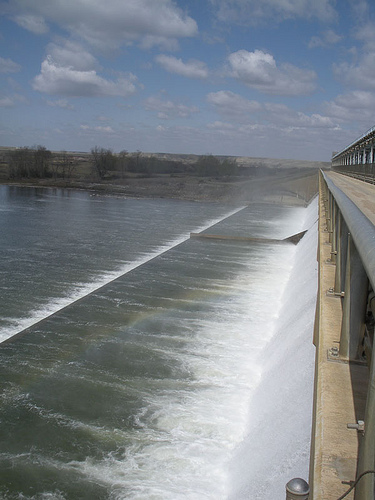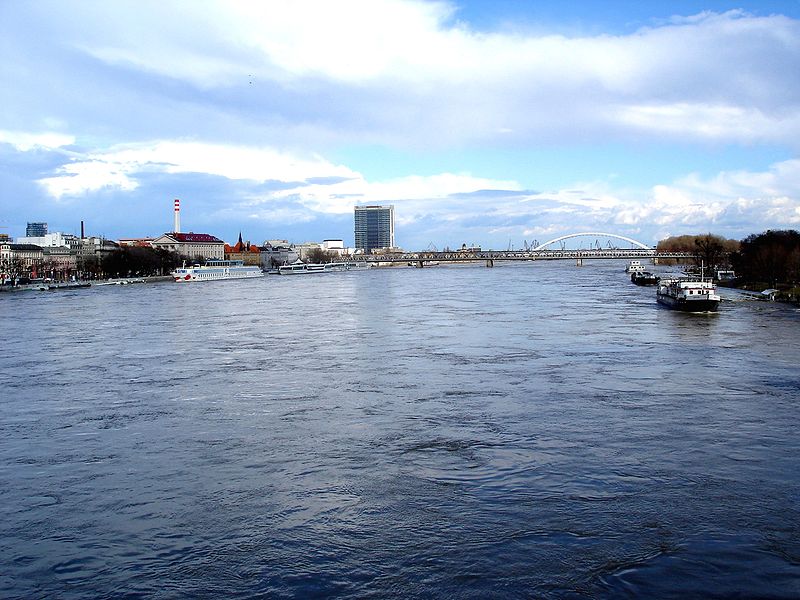Sometimes the worlds of music, policy and water history collide. A week ago, a friend forwarded me the link to a new song/ video montage by the Kingston, Ontario-based band, The Gertrudes, entitled “Turn out the Lights aka the River Song”. Against three juxtaposed streaming videos showing historic footage of rivers, everyday scenes of ‘Citizen M’ and dam-building, the band’s lyrics provoke reflection about the connections between consumption, river development and memory. I watched and listened to this song/video montage on the same day as I read an interesting piece in the New York Times, “Utilities Turn Their Customers Green, With Envy” by Leslie Kaufman (Jan 30, 2009). Kaufman discussed the attempts by California utilities to inspire conservation initiatives amongst customers by presenting them with reports which explain how their consumption patterns compare with those of neighbours. High demand customers receive a frown on their bills. Low demand customers receive a happy face. Before you smirk, pilot studies suggest that this approach—pitting neighbour against neighbour in a conservation competition– works better to reduce demand than earnest requests to conserve for the environment’s sake, or to save on the family budget. I was reminded of the conservation programs of Ontario Hydro during the Second World War that played on the guilt of (primarily female) consumers to conserve for the sake of the country. In one such advertisement, a river and generation station appear in the far distance as the SOURCE while a female hand on a switch appears in the foreground as the consumer’s DEMAND. Wartime, of course, exerted a different kind of neighbourly peer-pressure and surveillance.
From Hydro News 30(5) 1943


